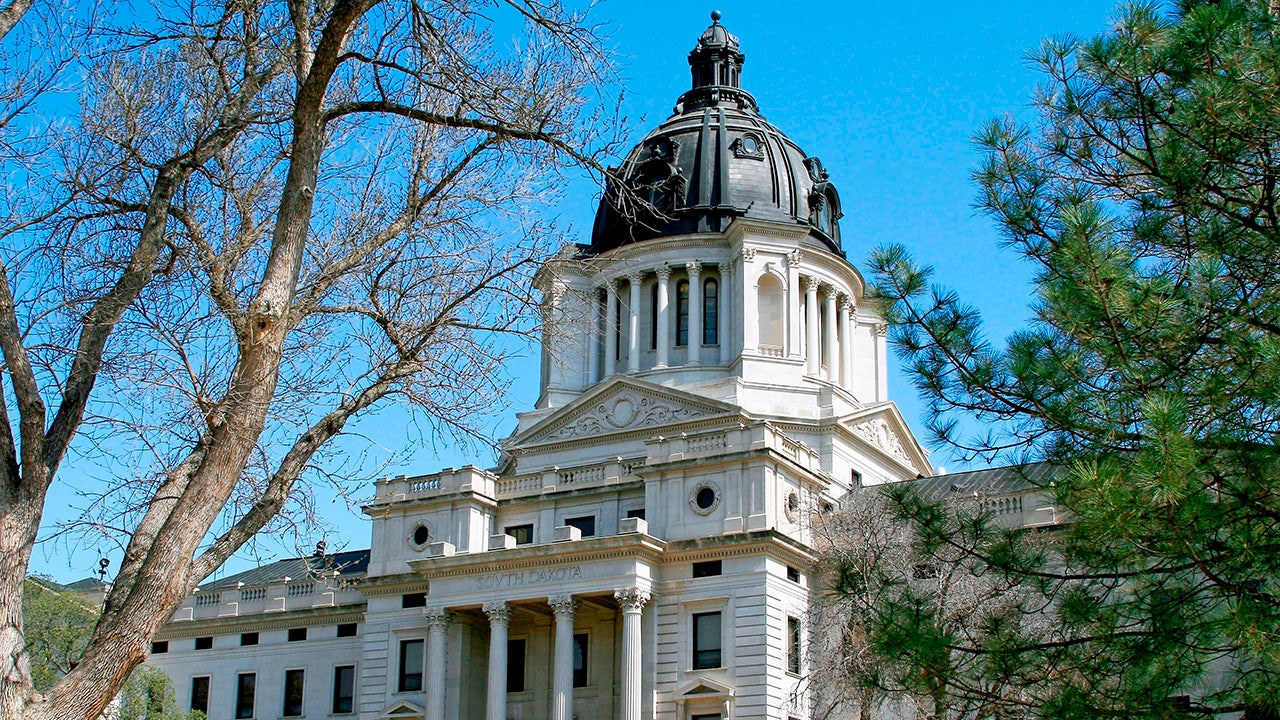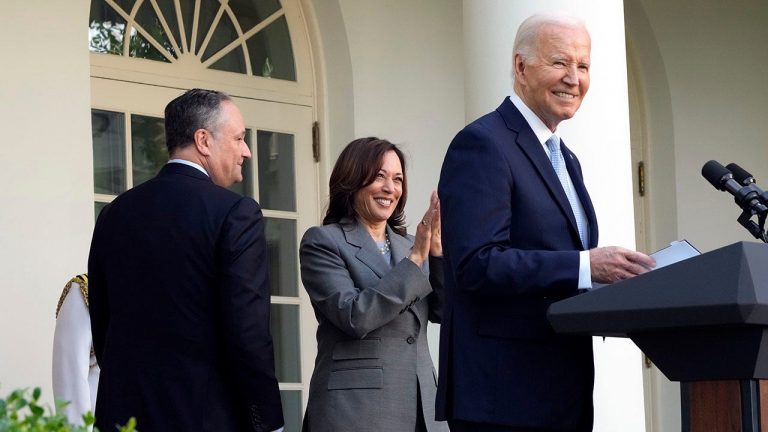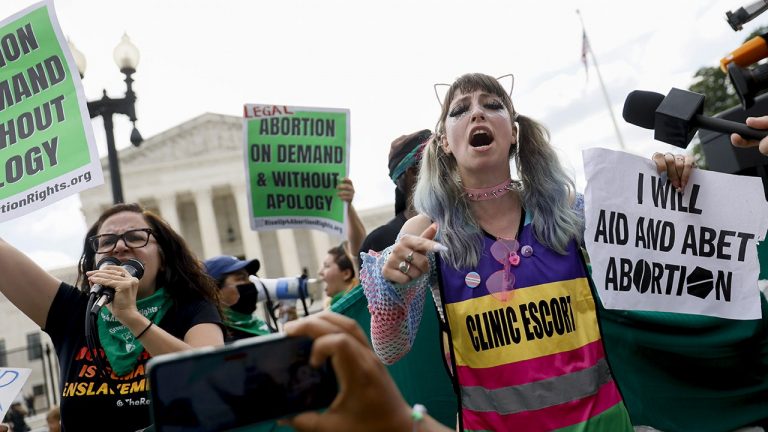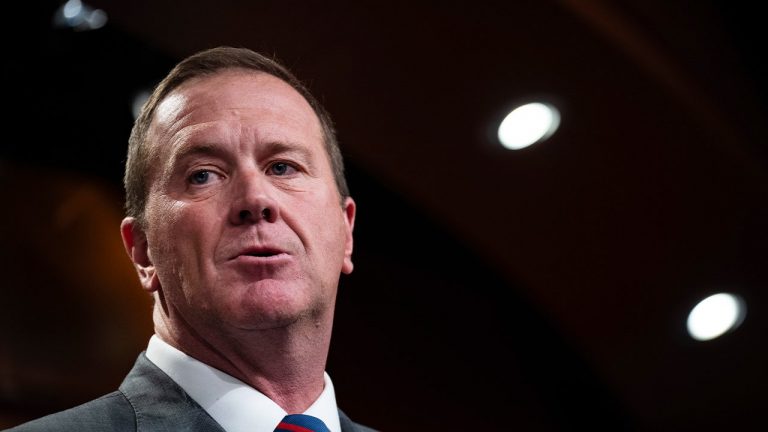Effort to Bring ‘Top 2’ Primaries to South Dakota Gains Momentum
The push for a “top two” primary election system in South Dakota has gained significant momentum, with sponsors submitting thousands more petition signatures than required to advance the initiative to the ballot this fall. Advocates of this proposed system believe that shifting from a partisan process to an open one will allow all voters to have a say in the candidate selection process.
South Dakota Open Primaries sponsors recently delivered 47,000 signatures to Secretary of State Monae Johnson’s office, surpassing the 35,017 valid signatures needed to secure a spot on the November ballot. The measure, a proposed constitutional amendment, aims to revolutionize the primary election system in the state. Under the current setup, candidates navigate through a partisan primary to earn a spot in the general election. However, the “top two” system would eliminate party barriers, pitting all candidates against each other in a nonpartisan primary, with the top two vote-getters moving forward to the general election.
The proposed “top two” system mirrors those already implemented in states like California and Washington. Deanna “De” Knudson, a registered Republican championing the cause, argues that the current process disenfranchises a significant portion of voters by limiting their choices. Knudson asserts that fairness should be at the core of the electoral process, allowing all voices to be heard.
Republicans currently dominate South Dakota’s political landscape, controlling the Legislature and occupying all statewide elected offices and congressional seats. The last time a Democrat won a statewide election was in 2008. The state boasts over 600,000 registered voters, with Republicans comprising the majority, followed by Democrats. However, a substantial number of voters identify as independent or have no party affiliation, highlighting the need for a more inclusive electoral system.
State Republican Party Chairman John Wiik adamantly opposes the “top two” measure, citing concerns about its impact on the Republican Party. Wiik emphasizes the importance of allowing party members to select their candidates and questions the value of independence if it disconnects individuals from decisions affecting their lives.
On the flip side, Knudson argues that adopting the “top two” system would foster a more competitive political environment, ultimately ensuring that the winning candidate garners widespread support. She raises questions about the current composition of the Legislature and whether it accurately reflects the will of South Dakota voters.
Contrary to the Republican stance, the State Democratic Party has not taken a formal position on the measure. The party’s Executive Director, Dan Ahlers, indicates that the Democratic Party already welcomes independent and non-affiliated voters in its primary elections alongside registered Democrats, aligning with the ethos of inclusivity professed by the “top two” system advocates.
As the debate over South Dakota’s primary election mechanism intensifies, the path to a more democratic and representative voting process hangs in the balance. Proponents of the “top two” system champion it as a means to amplify voter voices and break down partisan divides, while detractors warn of unintended consequences that could reshape the state’s political landscape. Ultimately, the fate of the initiative lies in the hands of South Dakota voters, who will have the final say on the direction of their electoral future.








